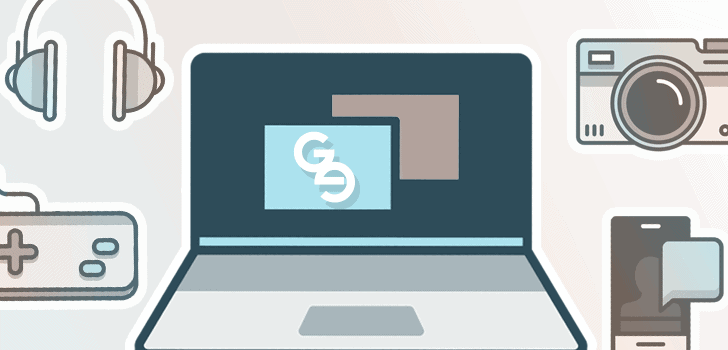3D printing has been quietly revolutionizing production in a huge range of industries since the mid 1980s. While the technology has still yet to live up to its full potential in terms of the sheer range and scope of its applications, there’s no denying that its use has become more ambitious and widespread in the last decade. Because of the ease, speed and accuracy with which it can produce a range of complex parts with to-the-micron precision, it’s not hard to imagine a future in which 3D printing will be ubiquitous in factories across the world. But more forward thinking technophiles see the rise of the 3D printer as something far more exciting than a more efficient means of production. As the technology and its accompanying software becomes more affordable and the global digital network of the internet makes finding parts and raw materials more accessible, technologists see 3D printing as a way to truly democratize the means of production, enabling the masses of designers to take the means of production into our own hands and out of the hands of the manufacturing hegemony. In essence, everyone can become their own cottage industry, creating flawless professional quality products without the need to outsource manufacture to a factory.
But this is not a theoretical question for the science fiction writers to ponder. 3D printers are on the market at prices that even a casual enthusiast may find affordable. It’s expected that 3D printers will become commonly used in homes worldwide within a decade. Yet, you can take a substantial amount of the cost out of the enterprise and be ahead of the curve by building your own 3D printer.
Already, legions of everyday people are building their own 3D printers for a range of personal and commercial uses. If you feel like joining them, have a little technical knowhow and a whole lot of patience, building your own 3D printer may be a whole lot easier than you think…
Know your purpose
What will you be building the printer to build? It’s a good idea to have as clear an idea as possible as this will determine the kind of 3D printer you want to build. It needn’t be just one item but you should have a rough ideas of the size, dimensions and complexity of the objects you’ll need to create. A range of complicated pieces of various sizes will likely require a fully custom printer which will take a great deal of knowledge, time and effort to piece together.
On the other hand, if you’re likely only to be printing objects of a similar size, shape and scope you’ll be perfectly fine with an “in the box” printer kit. This will be quicker and easier to assemble (and the manufacturer may offer their own customer support) but you’ll lack the intimate knowledge that comes with building a custom printer, thus you may be less effective in troubleshooting, diagnostics and repairs once the printer is built.
Joining the community
There’s already a thriving subculture of 3D printing enthusiasts in forums who will be only too happy to assist in selling your 3D printer parts, pointing you in the direction of where you can source parts and even provide friendly and helpful advice on assembling your project. These guys can also be your troubleshooting guide for when things go wrong. As you grow in your knowledge and experience you’ll be able to help other neophytes in the same position.
Sourcing the parts
Sourcing the parts can be very cheap. People within the online community may be willing to sell you their used parts and you may even be able to cannibalize parts from your old tech. However, if you’re adamant that you want to start printing as quickly as possible there are certain areas in which its best to buy new. A stepper motor from an old DVD player may be free to source, but it may not be of sufficient quality to be 3D printer tech. Remember that your parts will need to be sourced with accuracy, speed and reliability in mind.
The building process
The beauty of living in the digital age is that even should you choose to build a 3D printer completely from scratch there are numerous ebooks and tutorials that can guide you on your way (as well as support from the online community). It’s important to keep your expectations, of the machine and yourself, realistic. You won’t be able to build a fully functioning 3D printer overnight. The building may take weeks or even months of patient, painstaking labor, but the community will be with you every step of the way with help and advice.
When your printer is finished the sky really is the limit. You can now print virtually anything to your exact specifications but if you’re unsure where to start there are many places where you can find more free templates than you’ll ever have time to use.
Happy printing!

